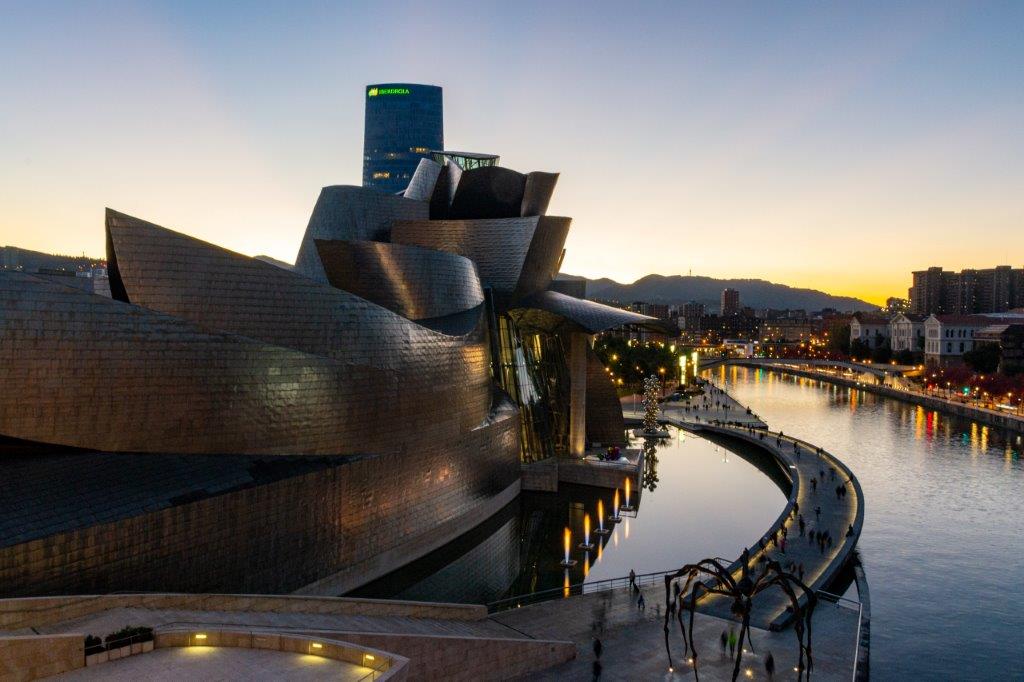Branding and architecture – two forms of design – have an interesting and overlapping relationship, according to Landseer Collen, principal, director and founder of BPAS Architects. This has changed through the decades and is likely to continue to develop into the future, as new design technologies and philosophies evolve.
“There are many ways that branding and architecture intersect,” says Collen. “For example, an architect might become known for their own ‘brand’ of design and become sought after by clients who want buildings designed with this signature style.”
Classic examples of architects who have become known for a signature style include Frank Lloyd Wright, known for his revolution of domestic architecture and his signature organic architecture and “Prairie style” during the early 20th Century, and more recently, Frank Gehry, known for his iconic buildings that include the Bilbao Guggenheim, the Walt Disney Concert Hall, and the Biomuseo in Panama City.
“The architects themselves are the brand, and the architecture becomes the outcome of that brand,” says Collen.
Then, there is also the way that architecture and organisational brands interact. This relationship has evolved significantly over the last century. Collen points out that the easiest example of how the two began to interact probably traces back to the USA in the 1950s and 1960s, where buildings began to physically mimic the brand and product they related to.
“This was when we started to see hamburger joints built to look like hamburgers,” says Collen.
“Another example is the famous KFC bucket. Architects would be asked to design a KFC restaurant to include a giant bucket on a support tower that people could see from a distance.”
From this, there was a move towards architecture that incorporated a brand logo and even colours, for example through large-scale signage. Las Vegas pioneered this in its massive neon lights, such as the iconic The Sands Hotel sign, designed by Wayne McAllister.
Collen believes this idea persists in some form today, albeit in a more sophisticated manner. Branded environments, developed largely by interior architects for their corporate clients, provide a way for people to experience a brand through physical touchpoints. For example, if you’re familiar with the Starbucks brand, you’re likely to recognise the interior of a Starbucks coffee shop wherever it is in the world. The physical space incorporates more than a logo and brand colours – there is a specific look and feel that relates to the brand.
“When it comes to incorporating the brand into designing buildings, an architect will look to understand what the brand stands for – its values, the people it needs to connect with and the purpose it serves, and then to find ways to represent these things through structural elements,” says Collen. “It’s no longer a case of designing a school that looks like every other school, or a hospital that replicates previous hospitals. It’s about translating the client’s purpose, vision and brand into a building that will be functional, practical and that tells their story.”
Collen believes that architects create buildings from a client narrative and that each building tells its own story. “That’s what an architect does,” he says.
“We translate stories into the built environment. The way we tell those stories has changed as material technologies have developed, and as the functions of spaces have evolved. At the moment, with all the regenerative work we’re seeing taking place, it’s a case of adapting existing buildings to support new stories.
While styles and trends will come and go and brands will evolve, architects will continue to be the storytellers of civilisation, capturing narrative through the built environment.”
- MRF Unveils Latest MAPS® Data - 20th February 2025
- The BRC announces changes to the board and updates for 2025 - 17th December 2024
- Top 50 DSTV TV programmes – October 2024 - 12th November 2024






